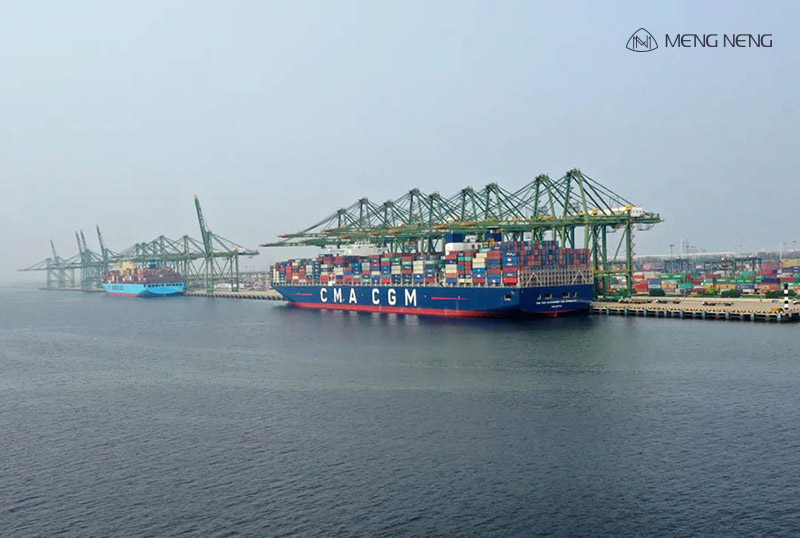Why is the relocation of Chinese industries inland not an overreaction?
1. Challenges and Responses to China’s High-tech Industries from the US and Europe
As international tensions continue to escalate, the US and Europe have started eyeing China’s coastal high-tech industrial clusters, especially leading companies like Huawei and BYD with strong competitive advantages. Their supply chains may face pressure from the West, which could accelerate China’s high-tech industries’ move inland. In recent years, China's rapid development in various fields such as military, economy, science and technology, and finance has raised deep concerns in the West.
For example, the pressures on the semiconductor industry are a clear manifestation of these concerns, particularly as tensions in the maritime, shipping, and logistics sectors have intensified. The US and the EU’s joint actions have caused significant impacts on China’s new energy vehicle industry, with extremely high tariffs further escalating the pressure.
2. Strategies for Chinese Enterprises to Respond to Pressure from the West and the Development of the Coating Industry
In the face of competition and pressure from the US and Europe, Chinese enterprises need to enhance their independent R&D capabilities, particularly in the industrial coatings sector. Coating companies should increase investment in innovation, developing high-performance, environmentally friendly, and multifunctional coatings such as water-based coatings, high solid content coatings, and powder coatings, to reduce reliance on foreign technologies and enhance market competitiveness. Additionally, they should focus on niche markets such as coatings for furniture, automobiles, and ships, developing specialized products to meet market demand and increase market share.
Chinese coating companies should also strengthen cooperation with domestic raw material suppliers to promote localized production of raw materials, reducing reliance on imported raw materials and further enhancing their competitiveness.

3. Industrial Relocation, Industry-Academia-Research Cooperation, and Future Prospects for the Coating Industry
As the international situation changes, particularly with the uncertainties surrounding the Taiwan Strait, China is gradually implementing an industrial relocation strategy. The central government has proposed guiding labor-intensive and high-tech industries to relocate from the coastal regions to the central and western parts of China. This strategy aims to mitigate potential war risks and strengthen China’s long-term competitiveness in the global market.
For both high-tech industries and the industrial coating sector, industry-academia-research cooperation is crucial. Chinese enterprises should collaborate with universities and research institutions to conduct technical research and innovation talent training. Particularly in the coating industry, this will help accelerate the transformation of scientific and technological achievements, improve product quality, and increase production efficiency. At the same time, coating companies should pay attention to national policy directions and actively participate in projects related to green buildings and industrial corrosion protection. By leveraging the Belt and Road Initiative, companies can explore emerging markets, establish production bases and sales networks locally, and increase brand recognition.